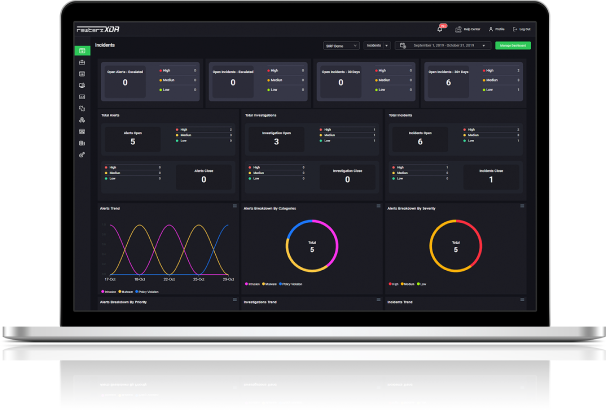

Rewterz Threat Advisory – Multiple Adobe Acrobat Reader DC Vulnerabilities
May 26, 2023
Rewterz Threat Advisory – Multiple D-Link D-View Vulnerabilities
May 26, 2023
Rewterz Threat Advisory – Multiple Adobe Acrobat Reader DC Vulnerabilities
May 26, 2023
Rewterz Threat Advisory – Multiple D-Link D-View Vulnerabilities
May 26, 2023Severity
Medium
Analysis Summary
Cobalt Strike first appeared in 2012 in response to alleged flaws in the Metasploit Framework, an existing red team (penetration testing) tool. Cobalt Strike 3.0 was released in 2015 as a stand-alone opponent emulation platform. However, researchers began observing threat actors using Cobalt Strike by 2016. Cobalt Strike’s use in hostile activities was previously connected with huge cybercriminal operations like TA3546 and APT40. Two-thirds of detected Cobalt hit efforts from 2016 to 2018 were attributable to well-resourced cybercrime organizations or APT groups, according to researchers.
Cobalt Strike lets the attacker install a ‘Beacon’ agent on the target PC which provides the attacker with a plethora of capabilities, including command execution, file transfer, keylogging, mimikatz, port scanning, and privilege escalation. Cobalt Strike includes a toolkit called Artifact Kit that is used to create shellcode loaders.
Researchers discovered a new wave of phishing attacks in September that infect job seekers in the United States and New Zealand with Cobalt Strike beacons. The malware campaign used the lure of a job in order to infect victims with leaked versions of Cobalt Strike beacons. It was observed that Cobalt Strike is not the only piece of malware used in the attacks. In certain situations, individuals were instead infected with a different type of information-stealing malware known as RedLine or an Amadey botnet executor.
Impact
- Data Exfiltration
- Information Theft
Indicators of Compromise
Domain Name
megudimoc.co
IP
172.93.193.253
MD5
- 30870ed50f5a2ffb7c556cbd8af325bf
- a83b6f7a54e52c33885ca3ffc604e390
SHA-256
- e7afe99e25b29fdf2832d7e9585856b79201361dc6bff0e81f272a377241b0f8
- 38f968cf9da5b37e73aa2a85df4c72329cfac4f7c2a12c4cbc6099801ebcbf58
SHA-1
- fbab25d050b66775a7d28f939e3fb7ca852e832f
- 46f298e741db6db4e9ef154474267c7d6d69172e
Remediation
- Block all threat indicators at your respective controls.
- Search for Indicator of compromise (IOCs) in your environment utilizing your respective security controls
- Emails from unknown senders should always be treated with caution.
- Never open links or attachments from unknown senders.
- Ensure that general security policies are employed including: implementing strong passwords, correct configurations, and proper administration security policies.
- Limit access to administrative accounts and portals to only relevant personnel and make sure they are not publicly accessible.
- Patch and upgrade any platforms and software timely and make it into a standard security policy. Prioritize patching known exploited vulnerabilities and zero-days.








